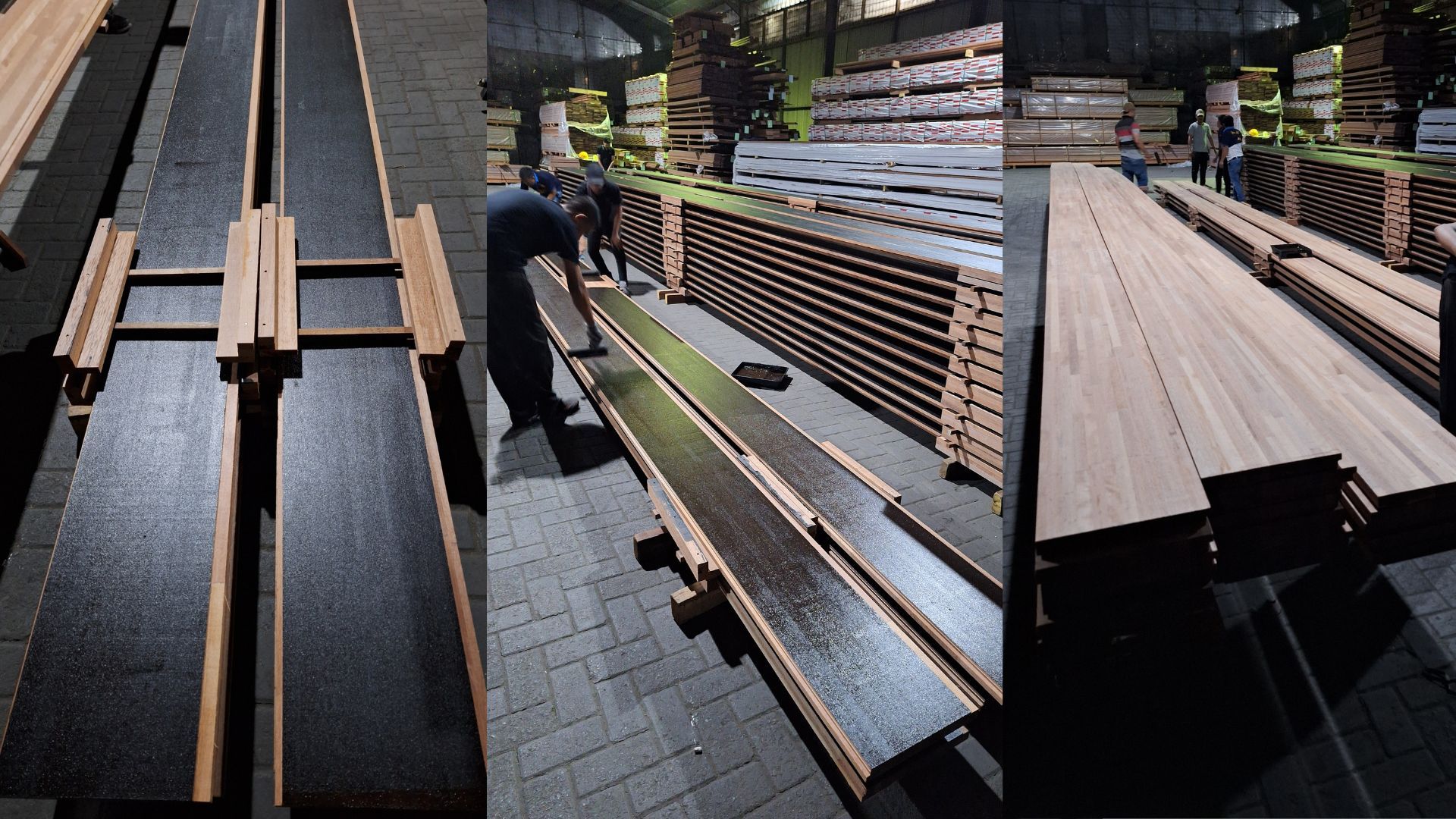Based on American Society for Testing and Material (ASTM)
The cross-cut adhesion test is a method used to evaluate the adhesion strength of coatings to substrates. In this test, a series of parallel cuts are made through the coating down to the substrate, forming a grid pattern. Adhesive tape is then applied over the cut area and quickly removed. The amount of coating that comes off with the tape is assessed to determine adhesion quality.
The abrasion resistance test for coatings using a coin involves evaluating the durability of a coated surface by rubbing it with a standardized coin under controlled conditions. This method assesses how well the coating can withstand wear and tear, simulating real-world usage.
Chemical spot test is a standard test method for assessing the effects of chemicals on coatings through spot testing. In this method, a specific chemical is applied to the coated surface, and the coating's response—such as discoloration, blistering, or loss of adhesion—is observed and evaluated after a specified period.
Water resistance test is a standard test method used to evaluate the water resistance of coatings, adhesives, and other materials. The test involves immersing samples in water at a specified temperature for a defined period. After immersion, the samples are examined for changes in appearance, adhesion, and other performance characteristics.
The weathering test for coatings, based on ASTM D660-93 and ASTM D661-93, evaluates the durability and performance of protective coatings exposed to outdoor conditions. ASTM D660-93 focuses on assessing the resistance of coatings to moisture and weathering by observing cracks that occured after test. ASTM D661-93 complements this by specifically measuring the checks that occured after test.
 TEST RESULT
TEST RESULTBased on research and development at Terradeck, we recommend Polyurea and Bitumen Rubber as highly effective black undercoating materials.
Polyurea
All coating types have “Passed” the adhesion test.
Polyurea offers better resistance to water and detergents.
Excellent abrasion resistance,
Excellent weathering resistance performance.
There is no resin bleeding on the coated surface. Good result “OK”.
No light penetrates and no cracks were found on all coated surface parts after the Light Gap Test was carried out.
Bitumen Rubber
All coating types have “Passed” the adhesion test.
Reliable water resistance
Excellent abrasion resistance
Excellent weathering resistance performance.
There is no resin bleeding on the coated surface. Good result “OK”.
No light penetrates and no cracks were found on all coated surface parts after the Light Gap Test was carried out.

The black undercoating treatment using Polyurea and Bitumen Rubber effectively protects wooden flooring assets, particularly keruing wood, by enhancing durability, reducing hygroscopicity, and minimizing delamination. Both materials passed adhesion, abrasion, water resistance, weathering, and chemical resistance tests, showing less than 5% peeling, no cracking, and no resin bleeding. Polyurea excels in environments with high abrasion or chemical exposure, while Bitumen Rubber is ideal for areas requiring reliable water resistance. Overall, these coatings provide robust protection, ensuring long-term performance and stability for wooden flooring in demanding conditions.
